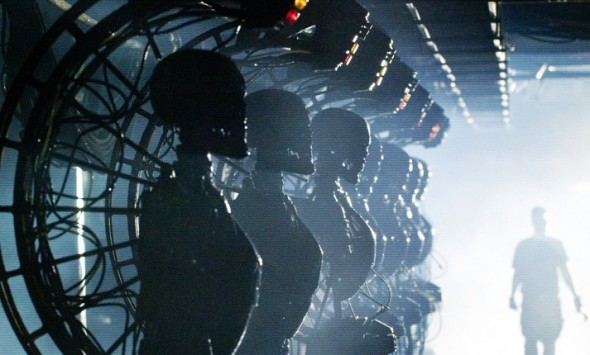The DoD announced Tuesday that “The robotic platforms will be humanoid, consisting of two legs, a torso, two arms with hands, a sensor head and on board computing.” DARPA’s website says that the robots will help “conduct humanitarian, disaster relief and related operations.”
“The plan identifies requirements to extend aid to victims of natural or man-made disasters and conduct evacuation operations.” reads the brief, first released in April as part of DARPA’s ‘Robotics Challenge’.
The robots will operate with “supervised autonomy”, according to DARPA, and will be able to act intelligently by themselves, making their own decisions if and when direct supervision is not possible. The Pentagon also envisions that the robots will be able to use basic and diverse “tools”. The robots are set to be completed by Aug. 9, 2014, according to the contract.
Boston Dynamics has enjoyed a long working relationship with DARPA, during which time it has developed the rather frightening BigDog. This hydraulic quadruped robot can carry up to 340lb load, meaning it can be effectively weaponised, and recovers its balance even after sliding on ice and snow:
The company has also developed the CHEETAH- Fastest Legged Robot, a four-footed robot that gallops at 18 mph. The company also developed RiSE, a robot that climbs vertical terrain such as walls, trees and fences, using feet with micro-claws to climb on textured surfaces. In addition to a host of other smaller robots, Boston Dynamics is also developing PETMAN, a robot that simulates human physiology and balances itself as it walks, squats and does calisthenics.
While the Pentagon says the robots are for “humanitarian” missions, one cannot avoid thinking of the propensity to adapt this kind of military style technology for other more aggressive purposes.












